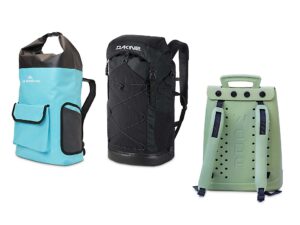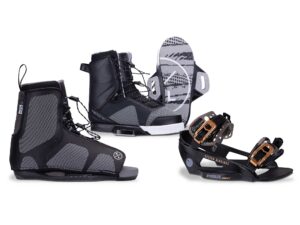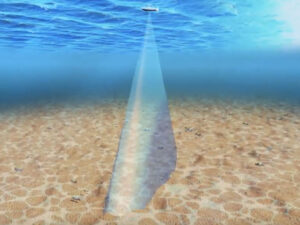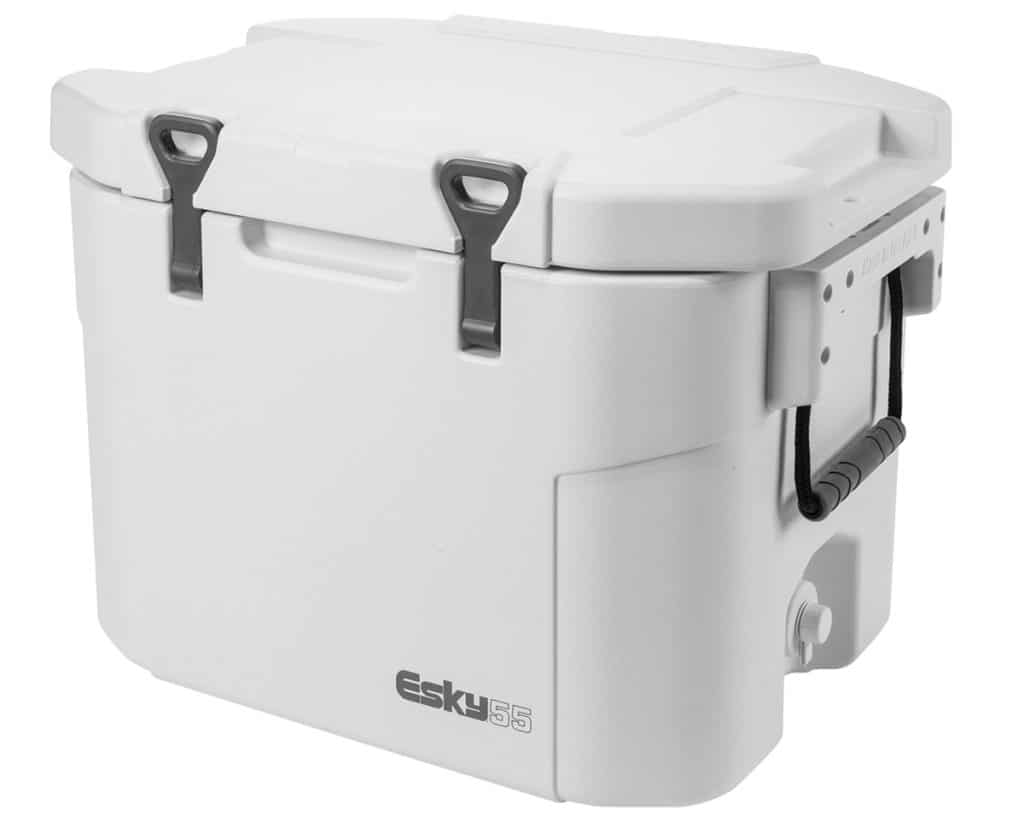
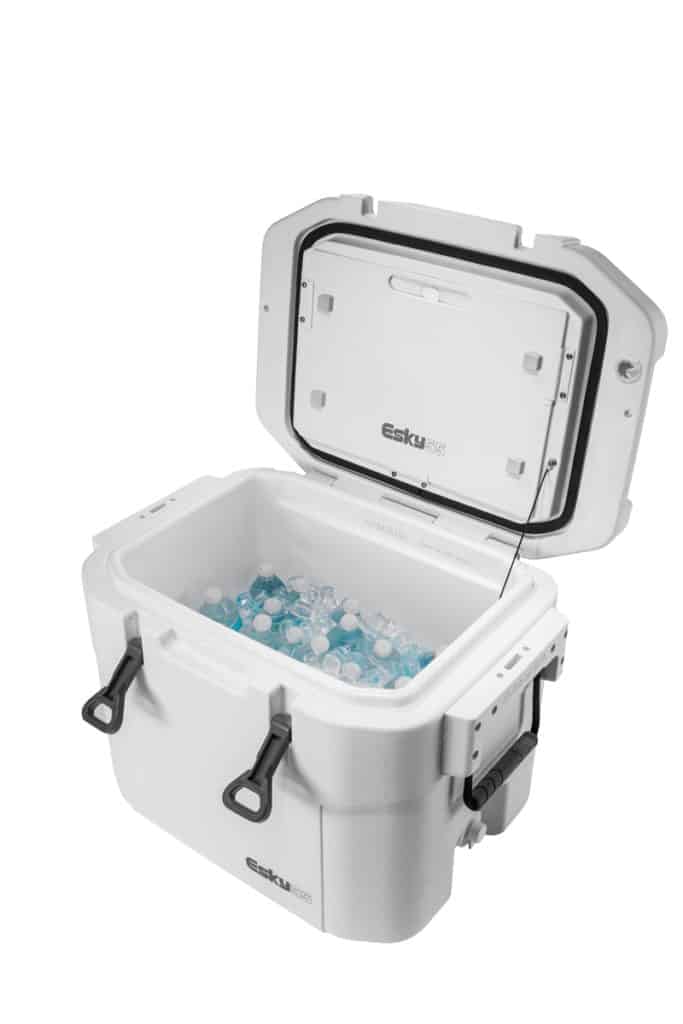
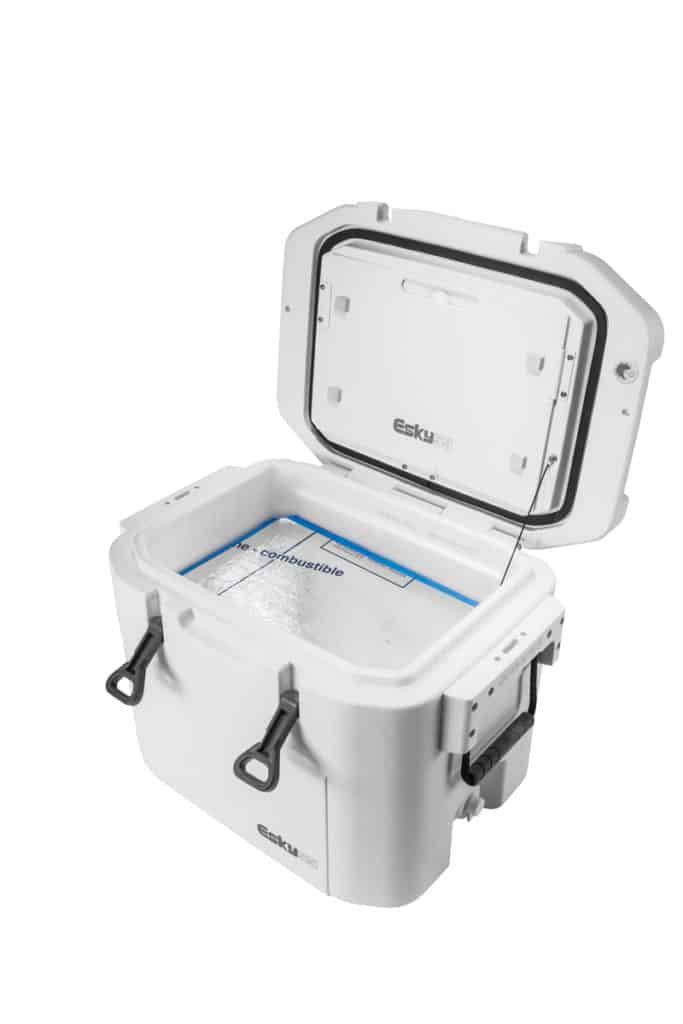
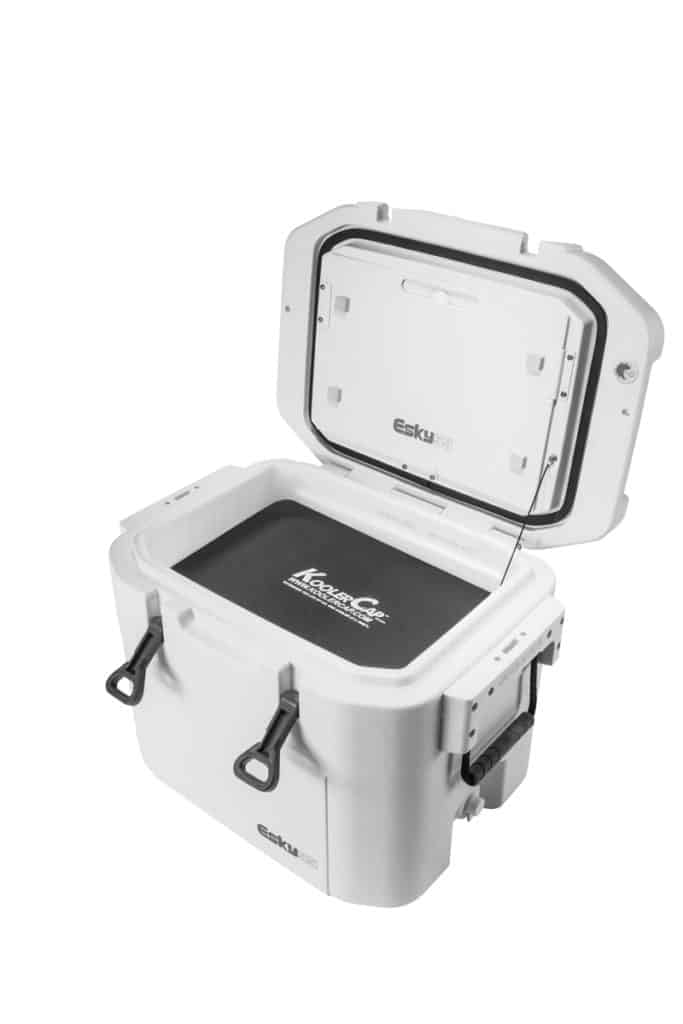
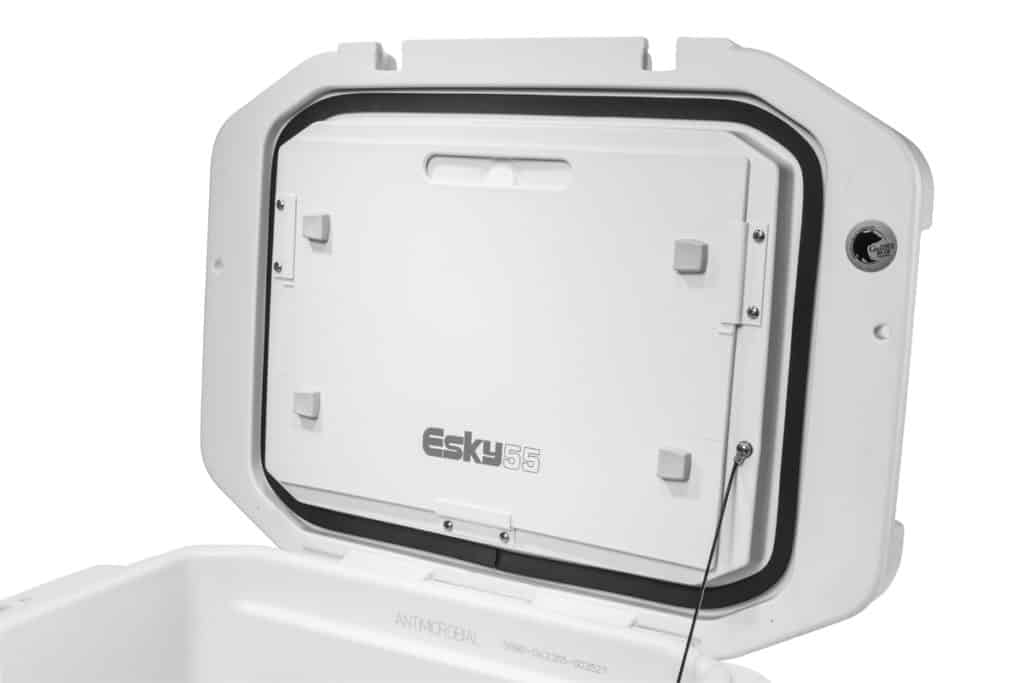
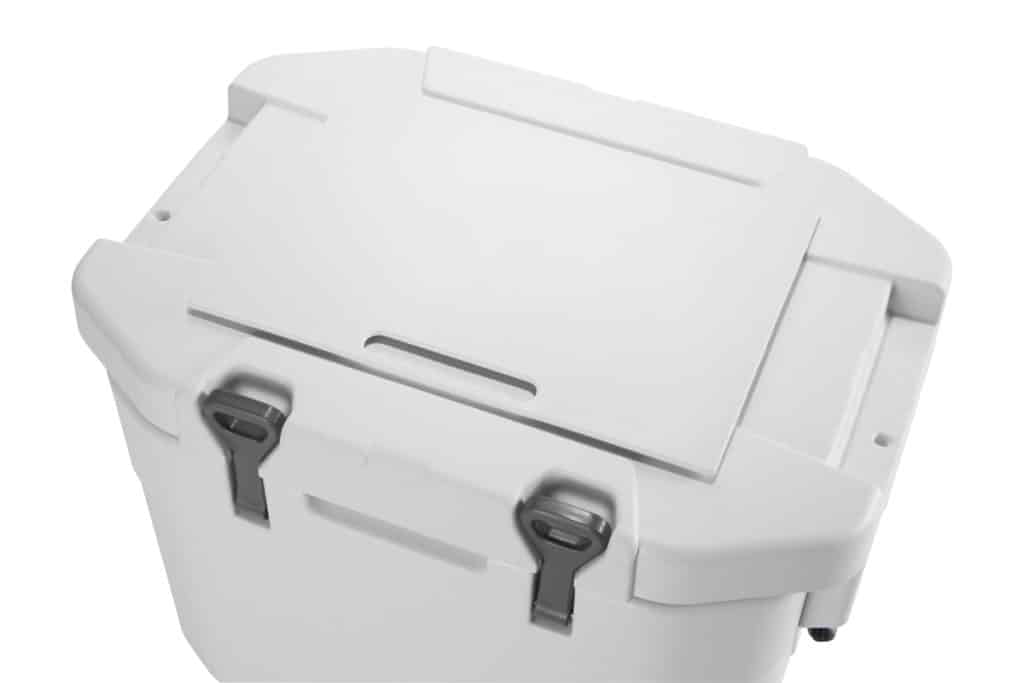
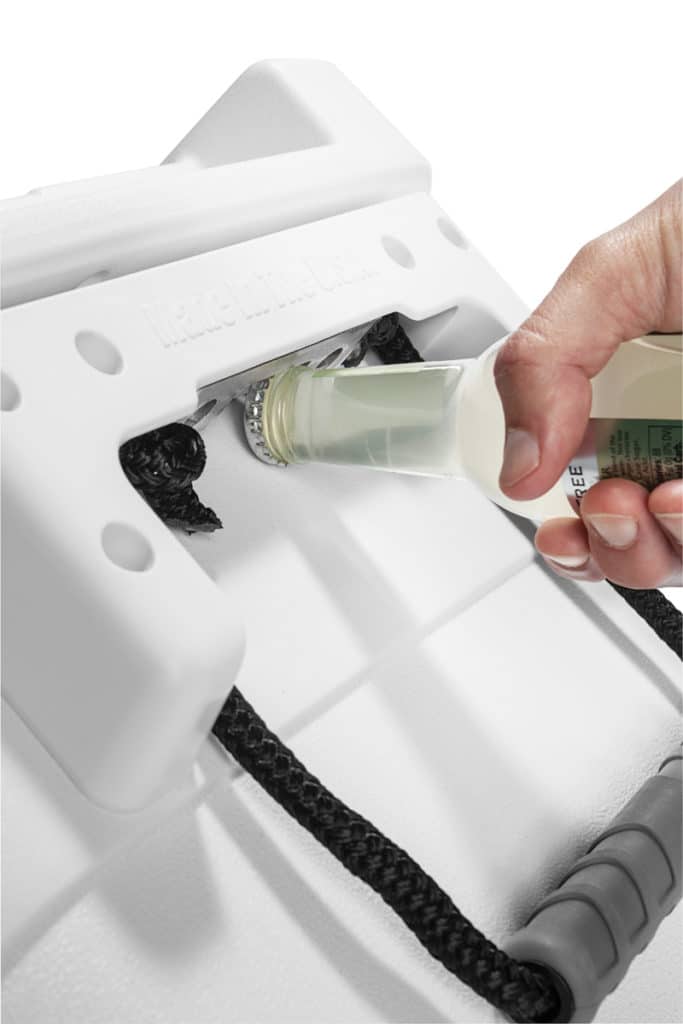
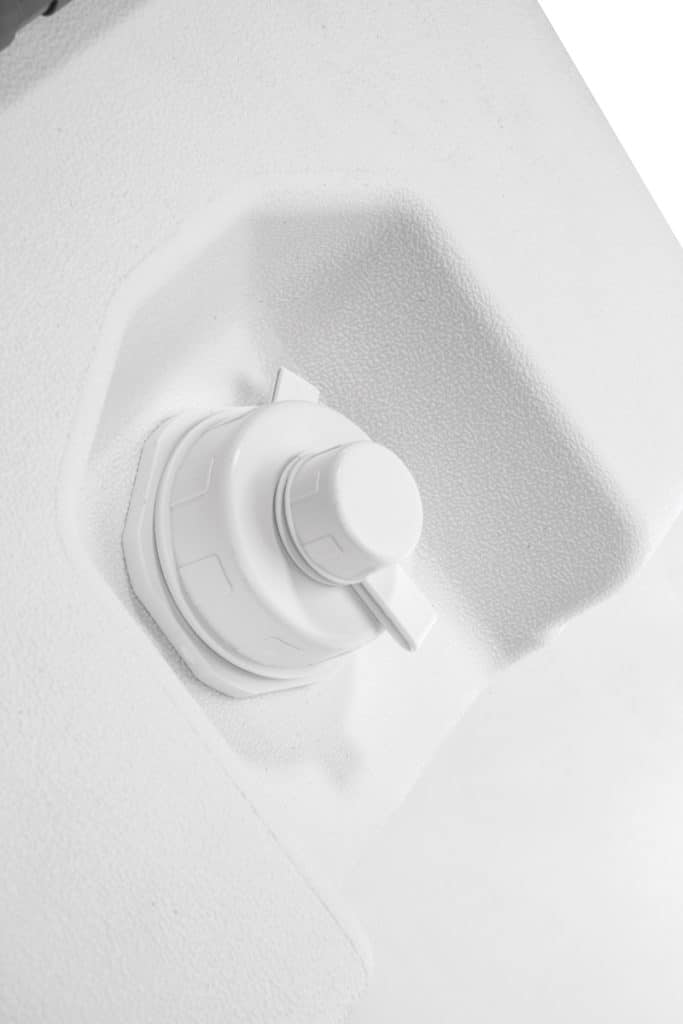
Getting the most from your ice begins with getting a great cooler. We’ve tested coolers before (“Top-Shelf Coolers“), but since then Coleman’s new Esky series popped up on our radar in 55-, 85-, 135- and 205-quart models. And then another thought struck us. Could we make a cooler stay colder longer?
The Cold Cooler
Coleman provided three of its new Esky 55-quart bear-proof (label says it’s certified so) coolers. The latches are firm silicone and swing away, allowing the corklike lid and gasket to close snugly without snagging the latches. The hinges are integrated — probably helping with that bear problem. Two inches of insulation on the sides and 2½ inches on the top and bottom keep it cold inside. The shell has antimicrobial and ultraviolet protected surfaces. Attach a hose to the small drain (smaller drains allow less warm air to enter) to carry the water off the deck, if you desire. For fast draining, open the oversize drain and stand back for a gusher. Keepers on the drains hold them to the threads unless you want to remove them. A dry-storage rack and a bottle opener under the handle are standard. The coup de grâce was almost invisible, initially. A tough, shatterproof cutting board nests inside, under the lid. Nonskid feet snug into contours on the outer lid, making short work of filleting fish. We tried it and it worked.
How We Tested
We tested twice with slightly different procedures each time.
Trial 1
We pre-chilled a case of water for each cooler and placed the coolers on a table in the direct sun. We added the drinks and then 20 pounds of ice to each. The coolers were just a couple of inches from being full. Over three days we used the coolers exactly the same, removing a drink or two from each simultaneously, but at random times. We also replaced drinks with warm bottles from time to time, putting the same stuff in each cooler. Three days later, we measured the ice remaining in each.
•The control cooler received no additional insulation.
•Experiment cooler 1 received a ¾-inch-thick slab of Mylar-coated Styrofoam, taped at the edges to prevent it from disintegrating.
•Experiment cooler 2 received a product called the KoolerCap. It was cut to fit loosely inside the cooler, and gravity moved it down as the contents diminished.
Trial 1 Results
Control cooler: 3.25 gallons of ice
Experiment cooler 1: 3.5 gallons of ice
Experiment cooler 2: 3.5 gallons of ice
Trial 2
We were more abusive. The outside temperature was 10 degrees hotter, and at 1 p.m. we loaded the coolers with 24 warm drinks and 10 pounds of ice in the back of the pickup truck at the grocery store 4 miles from home. At home, the coolers were moved to the concrete pool patio, in full sun. At 5 p.m., we added 20 pounds of ice to each cooler — most of the first bag was consumed cooling the warm drinks to a barely drinkable level. With weekend guests, we made sure if one drink was retrieved, three were removed — one from each cooler. We added drinks with parity as well. Three days later we measured the ice remaining in each.
•The control cooler received no additional insulation.
•Experiment cooler 1 received the same Styrofoam plate.
•Experiment cooler 2 received KoolerCap cut to fit snugly, requiring a hand to squish it down around the contents.
Trial 2 Results
Control cooler: 1.5 gallons of ice
Experiment cooler 1: 1.9 gallons of ice
Experiment cooler 2: 1.9 gallons of ice
Conclusions
Control cooler: In all three coolers, pre-chilling drinks in the refrigerator gave our ice more staying power than chilling it with extra ice.
Experiment cooler 1: Our Styrofoam piece worked well and was cut from a $12 panel of residential sheet insulation.
Experiment cooler 2: With Esky’s extra-thick lid and bottom, most of the KoolerCap’s work was done for it, but the added insulation might be far more beneficial in a standard cooler, which often has a noninsulated lid.
The Tricks
One old trick for keeping a cooler colder is to cut a panel of Styrofoam to fit the cooler interior. Then we stumbled on a product called KoolerCap (from $19.95, koolercap.myshopify.com). It’s a 1-inch-thick foam rubber pad, designed to be sliced to a dimension slightly larger than the cooler opening and then wedged on top of the contents.

